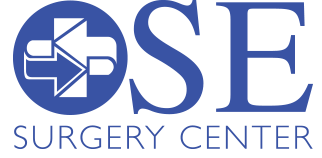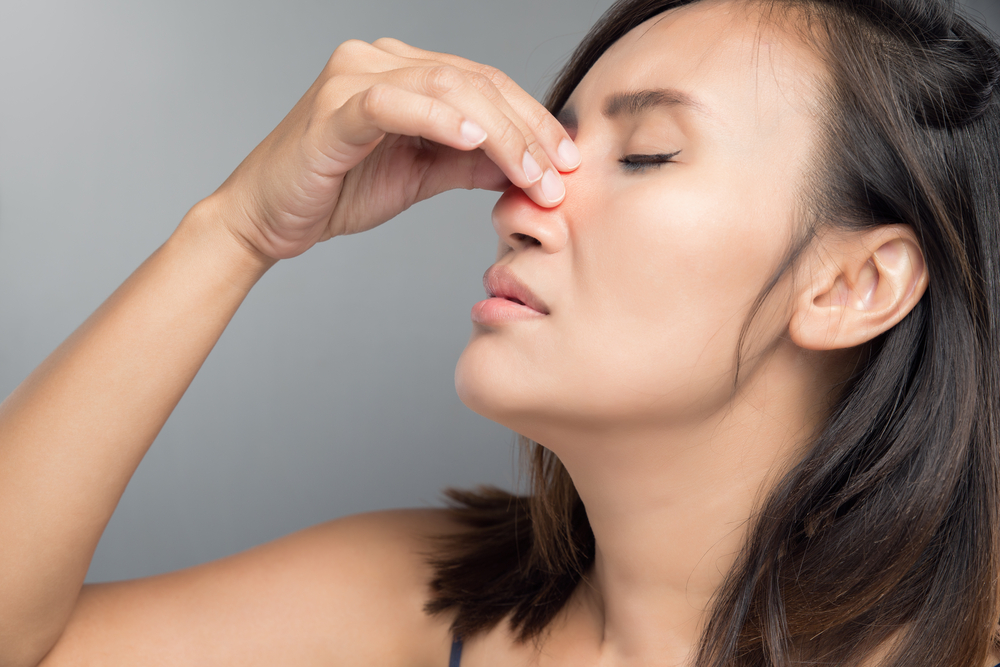Rotator Cuff Surgery
Carpal Tunnel Surgery
March 2, 2016
Arthroscopy
March 16, 2016Rotator Cuff Surgery

You have found out you have a torn rotator cuff.
Rotator cuff surgery is a common treatment to correct your problem. You will be happy to know that rotator cuff surgery is an outpatient procedure. Most of the time an overnight stay in a hospital is not necessary. Your procedure can be done at Outpatient Services East.
There are several things your should discuss with your doctor before your surgery. It is important to know the steps you need to take for a good outcome from your surgery.
- When your surgery is over your arm will be put into a sling. The sling will hold the arm slightly away from your side. The sling will hold the tendons in a relaxed position. You will stay at the facility until your pain is under control.
- For a few day you will focused on ensuring that your pain control is adequate. The doctor will send you home with medications to help with the pain. Try to prevent the pain from becoming severe by taking smaller doses of pain medication at the early signs of discomfort, rather than large doses when the pain is more severe.Trying different types of medication can also be helpful; many doctors recommend alternating prescribed narcotic medications with an anti-inflammatory medication. And don’t forget about icing the shoulder. Ice application is an important part of pain control.
- You may fine sleeping after shoulder surgery to be a challenge. After all just a little pain can prevent a good night’s sleep. You may want to try sleeping in a recliner or using pillows to create a backrest. It will be best if you sleep in a seated position with the elbow pointing down. You may find a sleep-aid medication to be as helpful as a pain medication.
- The first phase of recovery is passive motion only. This may last up to 6 weeks, depending on the size of the rotator cuff tear and the strength of the repair.The therapist can also instruct you on how to move your own shoulder without contracting the rotator cuff muscles.
Active motion will be added to your routine when the tendons are healed enough to allow them to move the arm. Active motion means that you can move your own arm, but not against resistance.
- The third step will be strengthening. This phase of the recovery is of utmost importance. Because of the injury and surgery the muscles of the rotator cull will be weak. Once the repair has adequately healed, it is important to begin strengthening the muscles to allow you to resume your normal activity level. It is important that a skilled therapist instruct you on techniques to isolate the proper muscles for strengthening.
- Do not become discouraged. Full recovery sometimes takes 4 to 6 months. But stick to your rehab. Some factors that determine the recovery time are the size of the rotator cuff tear, the ability for the tendons to repair, and your own commitment to rehabilitation.
- Knowing when to progress from one phase of rehab to the next is an art. Not all people will progress through rehab in the same way, and each individual must adhere to their prescribed rehab protocol. Discuss any specific questions you have about your rehab with your surgeon.
- This is just a few things you need to understand what will go after your surgery. Each patient is different. Be sure to discuss each phase with your surgeon and the people at your therapy office.
The staff at Outpatient Services East will be happy to answer any questions you may have.
Phone: 205-838-3888 Web: www.osesurg.com

